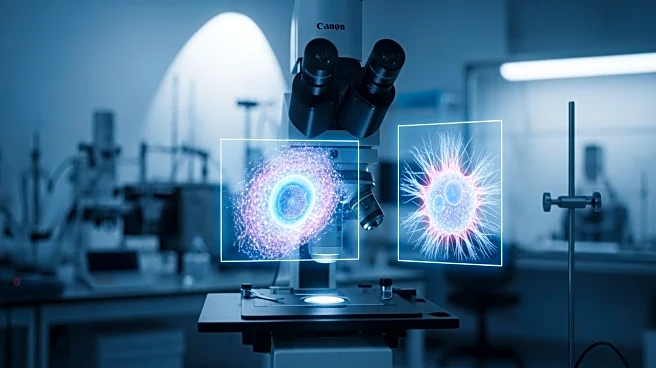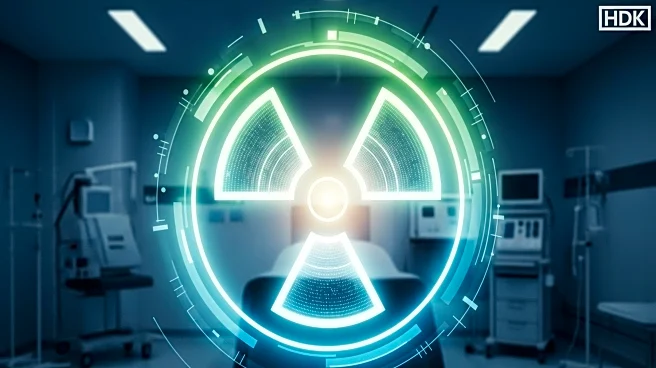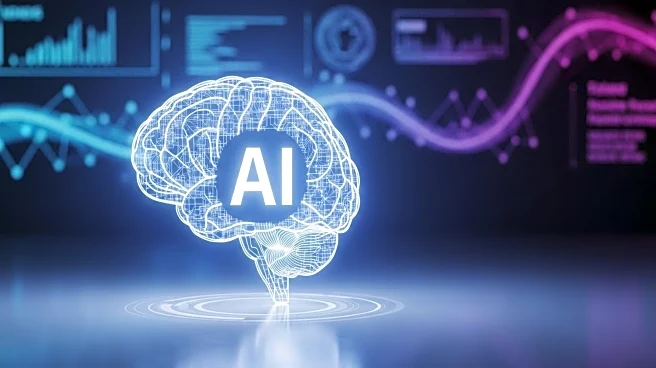What's Happening?
A new framework, DeepPATHO, has been developed to improve the screening of ALK-positive lung cancer using H&E-stained histopathological images. The framework utilizes an instance-level backbone classifier
and multiple instance learning (MIL) strategies to enhance predictive performance and interpretability. DeepPATHO has demonstrated superior accuracy compared to existing models, achieving an AUC of 0.962 when coupled with CAMIL, a MIL strategy. The framework identifies ALK-associated regions on patch images, providing domain-specific evidence for trustworthy predictions. The model has been validated across various datasets, including biopsy and resection samples, showing robust performance in classifying ALK-positive cases.
Why It's Important?
The development of DeepPATHO represents a significant advancement in the field of oncology, particularly in the screening and diagnosis of ALK-positive lung cancer. By improving the accuracy and reliability of histopathological image analysis, DeepPATHO can potentially lead to better patient outcomes through more precise diagnosis and treatment planning. The framework's ability to identify ALK-associated regions enhances the interpretability of predictions, which is crucial for pathologists in clinical settings. This advancement could streamline the diagnostic process, reduce false negatives, and improve the overall efficiency of cancer treatment protocols.
What's Next?
Further validation of DeepPATHO is expected, with potential applications in other types of cancer beyond lung adenocarcinoma. The framework may be integrated into clinical practice, offering pathologists a powerful tool for accurate and efficient cancer diagnosis. Continued research and development could expand its capabilities, including the exploration of additional biomarkers and the adaptation of the model for different histopathological image types. Collaboration with healthcare institutions may facilitate the widespread adoption of DeepPATHO, ultimately improving cancer care and patient outcomes.
Beyond the Headlines
DeepPATHO's approach to model training without pixel-based annotation reduces the workload for pathologists, making it a practical tool in clinical settings. The framework's ability to provide domain-specific evidence for predictions enhances its credibility and utility in medical diagnostics. As the model continues to evolve, it may contribute to the development of personalized medicine strategies, tailoring treatments based on precise biomarker identification.











